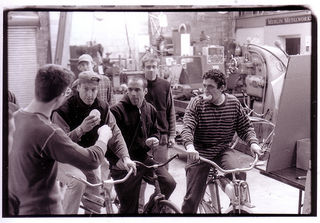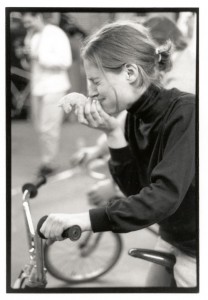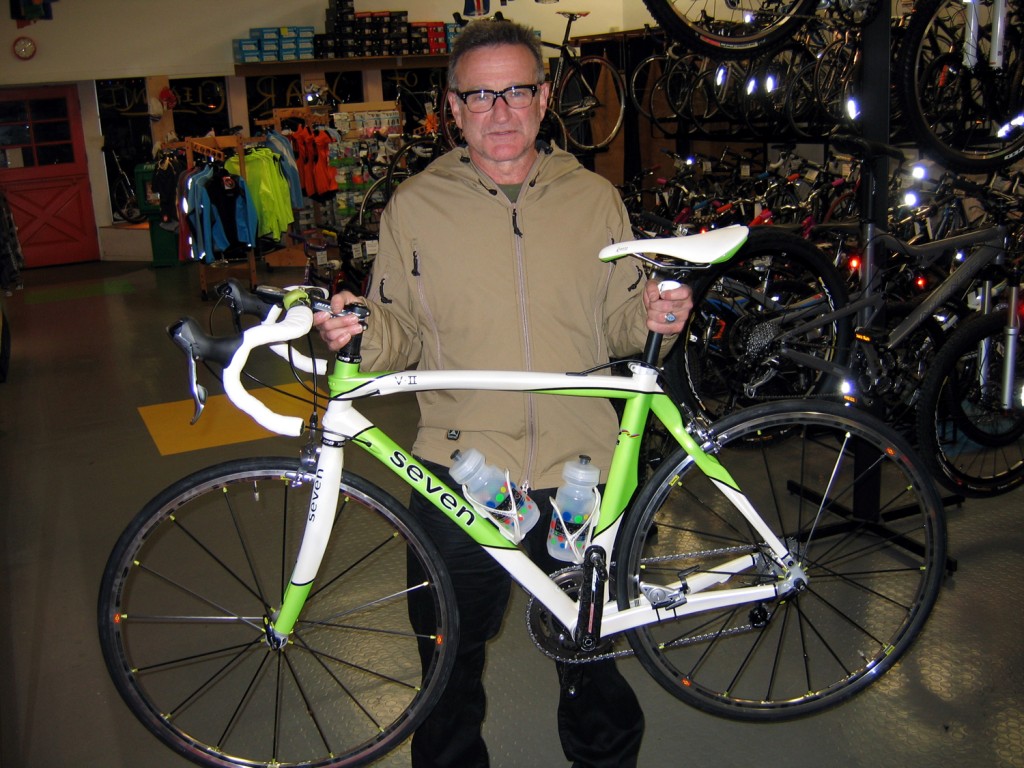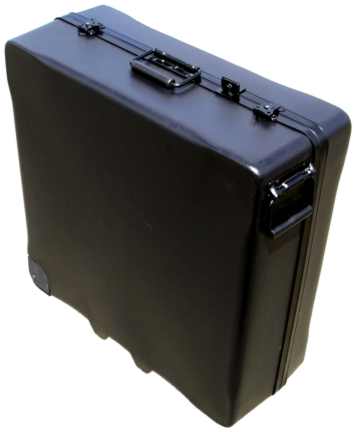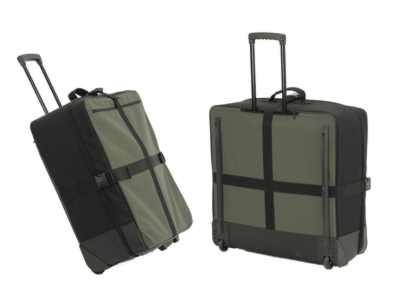One topic that came up early in our discussions with Patrick Brady about the ultimate travel bike was brake type. Due to the wide range of tires he’ll be using, and the desire to keep packing and unpacking as simple as possible, Patrick felt cantilevers, or possibly mini-v’s made the most sense. Easy to set up and adjust, these brakes don’t require any additional tools or time to pack in a case. Patrick had ruled out cable actuated disc brakes for two reasons, first because disc rotors present a hurdle in the speed of packing the bike, each rotor has to be removed in order to fit, and second because Patrick had yet to find a cable actuated disc brake that he felt was so significantly better than a rim brake, that they’d be worth the hassle.
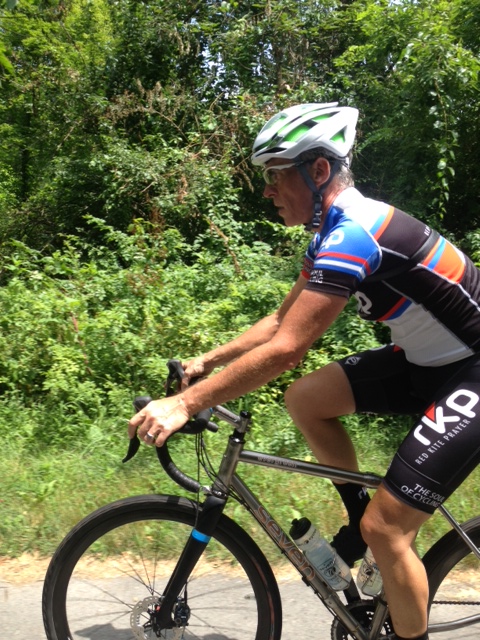
Before we knew how he felt about brakes though, we took him for a ride. His test bike was a coupled Evergreen SL, a sort of travel bike prototype outfitted with Shimano’s R517 non-series, cable-actuated disc brakes with 160mm rotors. The route (that he would crush us on) was what we call the Battle Path loop because much of the route follows the path taken by the British on their march from Boston to Concord way back in 1775. Other than an occasional street crossing, nearly the entire ride was off road. From single track in the Belmont Woods, to the long, swooping, packed dirt trails in Lexington and Concord, we rode through the unrelenting humidity.
Patrick basically rode one handed, using his free hand to snap pictures throughout, so it would appear that his opinions on braking power are believable. The ride was as fun as it gets, the trail conditions were top notch, and the scenery unbeatable. We love that ride, and Patrick’s smile suggested he did too.
Something changed for him during that ride. For the first time, he had a clear cut example, in his eyes, of a cable-actuated disc brake that performed better than a rim brake. This was an important discovery because many of the rides Patrick has planned for the travel bike are exceptionally rugged and will require a comparably exceptional braking platform. This isn’t to say cantilevers and mini-v’s couldn’t perform well enough, but he felt the disc was a needed improvement, so much so, that it became a requirement for his travel bike.
Back in the show room, we discussed the pros and cons of each brake type, cantilever, linear pull, medium reach, etc. There are clear advantages and disadvantages to each style, but for the type of riding that Patrick will use this bike for, especially the challenging off road rides, his choice was clear.
Disc it would be.
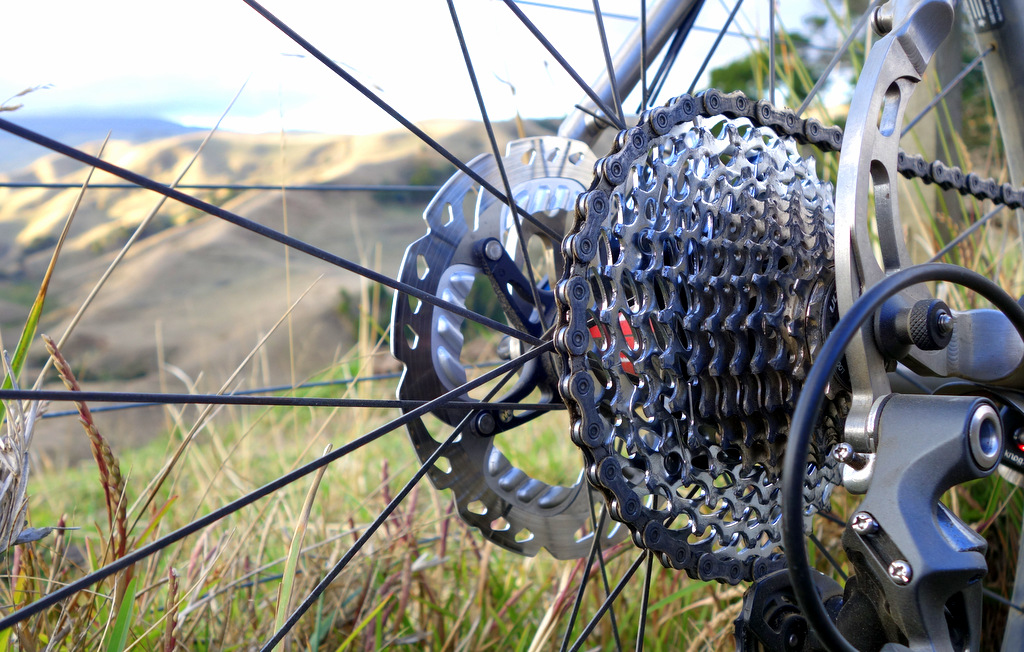
The question then became, what can we do to speed up the break down time when packing the bike? Discs come in two mounting styles, six-bolt or center-mount. We agreed that a center mount, though it requires a cassette tool to install, would save enough time to make it the clear favorite.

